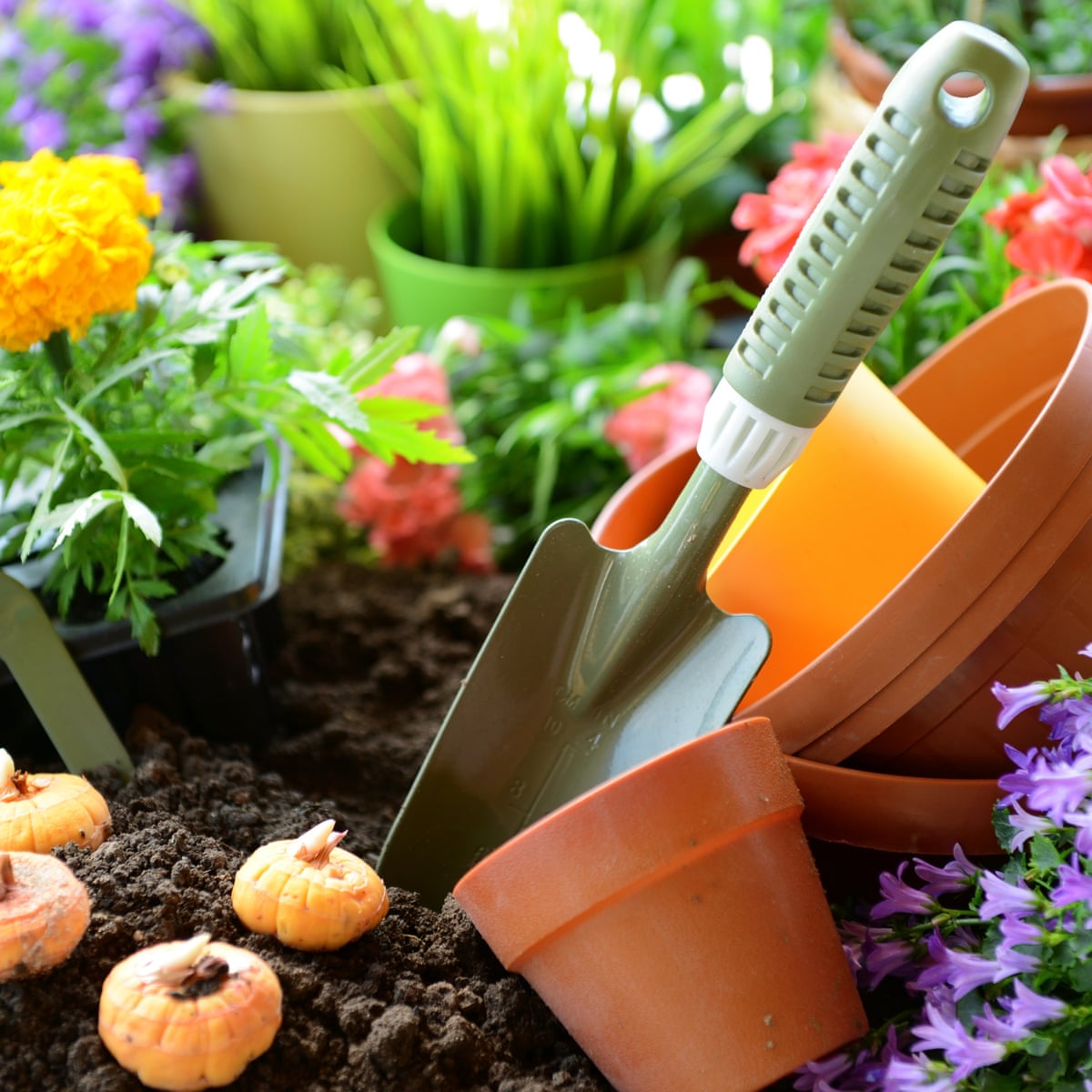The Comprehensive Overview to Gardening: Discover the Benefits of Different Styles and Methods
Horticulture incorporates a diverse range of designs and approaches, each offering one-of-a-kind advantages tailored to individual preferences and environmental contexts. As we check out these various styles, it becomes obvious that the choices made can significantly influence both the yard's health and wellness and its contribution to the surrounding atmosphere.
Understanding Horticulture Basics
Comprehending the basics of gardening is essential for growing a thriving and lasting garden. An effective gardening venture starts with a solid structure of knowledge relating to soil, plant choice, and environment factors to consider. Healthy dirt is the keystone of any type of yard; it gives important nutrients, water retention, and an environment for valuable microbes - Gardening. Checking soil pH and nutrient degrees can assist changes to optimize plant growth.
Selecting the right plants is equally crucial. Recognizing their details needs-- such as sunlight, water, and spacing-- guarantees compatibility with the regional environment and dirt problems. This choice procedure must additionally take into consideration the development habits and lifecycle of plants, permitting a balanced and aesthetically pleasing garden.
Moreover, effective watering practices are important. Over-watering and under-watering can both cause plant anxiety and condition. Applying a timetable based upon seasonal modifications and plant demands can improve water effectiveness.
Popular Gardening Styles
What specifies the essence of popular horticulture styles? Amongst the most distinguished styles is the home garden, characterized by its casual design and a vibrant selection of flowers and vegetables.
Alternatively, the formal yard symbolizes symmetry and order, often including geometric patterns and thoroughly trimmed bushes. This style interacts beauty and refinement, with very carefully selected plants that enhance a structured visual.
The Japanese garden supplies a tranquil and meditative experience, using natural aspects like water, rocks, and plants to produce a serene environment. It concentrates on simpleness and balance, urging contemplation.
Furthermore, xeriscaping has actually acquired appeal, particularly in arid areas (Gardening). It prioritizes drought-resistant plants and efficient water use, advertising sustainability while improving landscape beauty
Benefits of Container Gardening
Container gardening supplies a wide range of advantages that make it an enticing option for both newbie and seasoned gardeners alike. One of the main benefits is adaptability; containers can be positioned in various locations, enabling garden enthusiasts to maximize sunshine exposure and create visually appealing plans. This versatility makes it feasible to yard in spaces where conventional in-ground horticulture might not be viable, such as balconies, outdoor patios, or metropolitan atmospheres.
Furthermore, container horticulture supplies far better control over dirt problems. Garden enthusiasts can tailor the dirt mix to match details plants, ensuring optimal drainage and nutrient availability. This is particularly advantageous for individuals living in areas with bad or polluted soil.
An additional considerable advantage is the minimized risk of parasites and illness. Container plants can be monitored extra quickly, and any issues can be resolved without delay. This approach can lessen the spread of invasive varieties.
Sustainable Horticulture Practices
Sustainable gardening techniques are crucial for advertising ecological health and wellness and boosting biodiversity in our environments. These techniques focus on environmental equilibrium, resource conservation, and making use of organic techniques to decrease negative ecological influences. By employing methods such as composting, gardeners can lower waste while enriching soil health and wellness, therefore you can find out more fostering a prospering yard community.
Water conservation is an additional crucial element of lasting horticulture. Strategies such as rain harvesting, drip irrigation, and making use of drought-resistant plants can dramatically reduce water usage while making sure that plants obtain adequate wetness. Moreover, incorporating indigenous plant types right into garden designs sustains local wild animals and decreases the requirement for chemical fertilizers and chemicals, which can be dangerous to the atmosphere.

Ultimately, sustainable gardening practices not just add to much healthier gardens yet also advertise a more resilient atmosphere, supplying long-term benefits to both the gardener and the surrounding neighborhood.
Tips for Effective Horticulture
To grow a thriving garden, gardeners ought to prioritize cautious preparation and thoughtful implementation of their horticulture approaches. Begin by assessing the local climate and soil conditions, as these elements substantially affect plant option and development. Pick plants that are fit to your setting, taking into consideration indigenous varieties that will certainly love minimal intervention.
Executing a well-structured design is vital (Gardening). Utilize look here companion growing strategies to promote biodiversity and natural pest control, while guaranteeing each plant has appropriate room for development. This not just boosts looks yet also enhances total plant wellness
Normal upkeep is essential to an effective yard. Develop a consistent timetable for watering, weeding, and feeding. Mulching can assist keep moisture and subdue weeds, while likewise adding raw material to the soil.
Frequently keeping track of plant wellness and growth will permit for timely treatments. Be open to read the article learning and adapting; horticulture is a continuous process that profits from experience and experimentation.
Conclusion


In recap, the expedition of diverse horticulture designs and strategies discloses their diverse benefits, contributing to both aesthetic allure and ecological health and wellness. Container horticulture provides adaptability and accessibility, while lasting techniques enhance environmental stewardship.